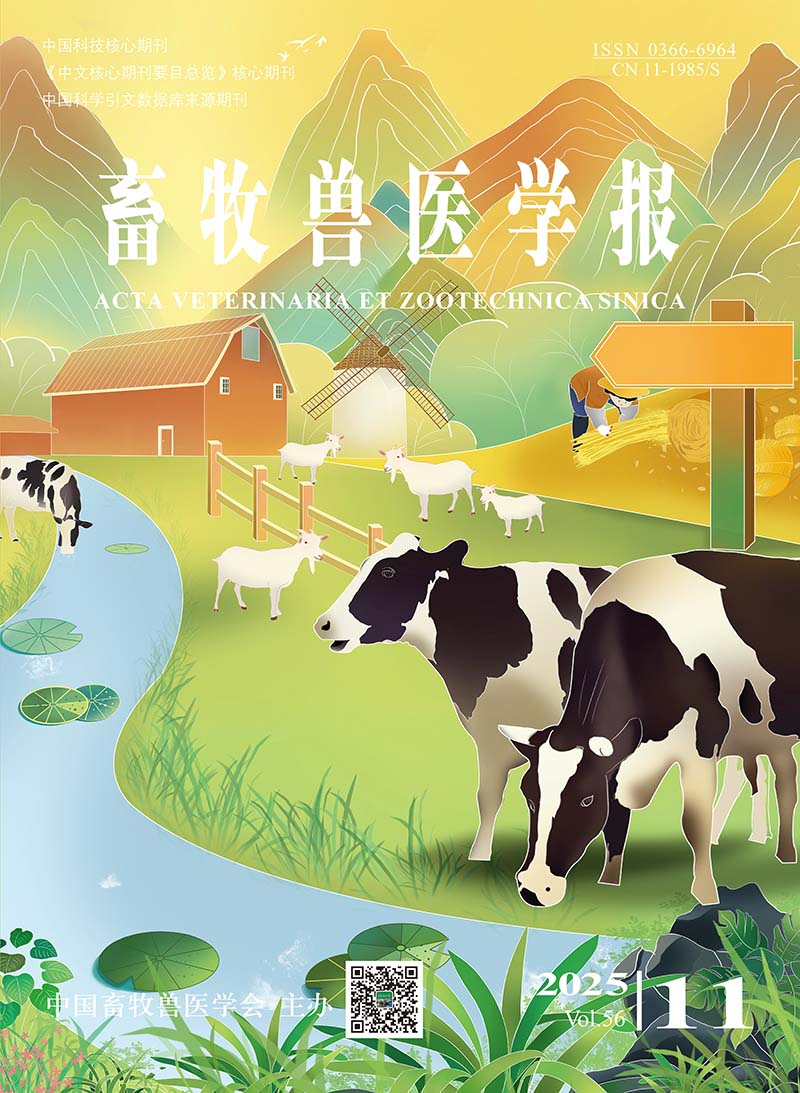This experiment aims to investigate the role of PINK1/Parkin-mediated mitochondrial autophagy in the alleviation of fluoride-induced depressive-like behavior by selenomethionine (Se-Met). Forty BALB/c mice were selected and randomly divided into five groups: the blank control group (Group C), the fluorine group (NaF 150 mg·L-1, Group F), the fluorine+low selenium group (NaF 150 mg·L-1+1.5 mg·L-1, Group F+LSe), the fluorine+medium selenium group (NaF 150 mg·L-1+3.0 mg·L-1, Group F+MSe), the fluorine+high selenium group (NaF 150 mg·L-1+6.0 mg·L-1, Group F+HSe). After 90 d of sodium fluoride exposure, the behavioral performance of mice was assessed by means of an elevated O-maze and hanging tail experiments; HE staining was used to evaluate the damage of the mouse cortex; biochemical kits were used to measure the content of oxidative stress-related indices; and real-time fluorescence quantitative PCR was utilized to determine the expression levels of mitochondrial autophagy-related genes. Animal behavioral results showed: the results indicated that mice in group F had a significantly longer "resting" time in the tail suspension test compared to group C (P<0.05) and a tendency to take more time to enter the closed arm of the elevated O-maze (P<0.05). After Se-Met supplementation, the "resting" time of mice was reduced significantly (P<0.05), and the F+LSe and F+MSe mice took significantly less time to enter the closed arm (P<0.05), compared to the F group. The results of the histopathological sections showed: the mice in group F had disorganized cortical cells, reduced cell volume, and fewer vertebral cells. Following Se-Met enhancement, the F+LSe group showed distinct nuclei and more uniform cytoplasm, and the improvement was notably more pronounced. The results of oxidative stress related indicators showed: group F had a significantly higher level of reactive oxygen species (ROS) (P<0.05), and a significantly reduced content of glutathione peroxidase (GSH-PX) (P<0.05), when compared to group C. Groups F+LSe, F+HSe, and F+MSe showed significantly lower levels of ROS (P<0.05). Compared to group F, the ROS content was considerably lower (P<0.05), in groups F+LSe, F+HSe, and F+MSe, with the content decreasing in the order of F+LSe<F+HSe<F+MSe; the GSH-PX content, on the other hand, was significantly higher (P<0.05), in groups F+LSe and F+HSe, compared to group F. Results of mRNA expression levels of autophagy-related genes were shown: group F showed significantly higher mRNA expression levels of autophagy-related genes Parkin, PINK1, LC3, OPTN, NBR1, Drp1, and Fis1 (P<0.05), compared to group C, and significantly lower mRNA expression levels of OPA1, Mfn1, and Mfn2 (P<0.05). Compared to group F, the mRNA expression levels of Parkin, PINK1, P62, NBR1, OPTN, and Fis1 were significantly lower in the F+LSe and F+HSe groups (P<0.05), LC3, Parkin, P62 and Drp1 were significantly decreased in the F+LSe and F+MSe groups (P<0.05), OPA1 was significantly increased (P<0.05), and the F+LSe group showed a significant increase in the mRNA expression level of Mfn2 (P<0.05). In summary, 1.5 mg·L-1 of Se-Met can alleviate cortical oxidative stress by affecting the expression of mitochondrial autophagy-related genes, restoring the dynamic equilibrium state of mitochondrial fusion and fission, and thus ameliorating cerebral cortex damage and the emergence of depressive-like behaviors.






